Digital Collections
Celebrating the breadth and depth of Hawaiian knowledge. Amplifying Pacific voices of resiliency and hope. Recording the wisdom of past and present to help shape our future.
Helen G. Chapin, Courtesy of the Hawaiian Historical Society
Hawai‘i has long been a strategic point on the global map. Contending maritime powers in the nineteenth century — principally England, France, and the United States — recognized this strategic importance and, by the early 1840s, intrigues by British residents led Rear Admiral Richard Thomas, commander of the British Squadron in the Pacific, to take action. He sent Lord George Paulet to Honolulu to protect British interests.
But instead, Paulet, captain of the Carysfort, arrived on February 10, 1843, and issued a series of ultimatums. It did no good for Kamehameha III, Kauikeaouli, to explain that he had sent emissaries to Europe to resolve all disputes, and Kauikeaouli was forced to yield to the frigate’s guns. On February 15, Paulet ordered the Hawaiian flag lowered and the British flag raised. This occupation lasted five months.
Great Britain had already recognized independence, and France had promised to do likewise. Protests mounted in the islands, but this provisional cession to Paulet was also received with consternation in foreign capitals. Admiral Thomas himself arrived in Honolulu on the frigate Dublin on July 26, 1843, to assure Kamehameha III of the English government’s good faith. Great Britain declared Paulet’s act to be unauthorized and, on July 31, the Hawaiian flag was raised once again.
During Thanksgiving services held at Kawaiaha‘o Church, Kamehameha III expressed what would become Hawai‘i’s motto: "Ua mau ke ea o ka ‘āina i ka pono" — the life of the land is preserved in righteousness. The whole community rejoiced. Thomas Square near downtown Honolulu was later dedicated to Admiral Thomas for his role in restoring Hawaiian sovereignty on that memorable occasion, known today as Lā Ho‘iho‘i Ea.
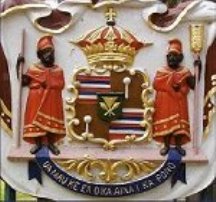
Photo Credit: Hawaiʻi State Archives
Kauikeaouli uttered the phrase that would become Hawaiʻi's motto: "Ua mau ke ea o ka ʻāina i ka pono." As explained on pacificworlds.com, "This phrase was translated by the missionaries as 'the life of the land is perpetuated in righteousness.' But it is clear that this is not the meaning of the phrase as it was understood by the Hawaiians of the time. Not at all. The word 'ea,' which was translated as 'life,' also means 'sovereignty.' It was the sovereignty over the kingdom that had been restored. This returned the situation to a state of pono, of correctness and balance."
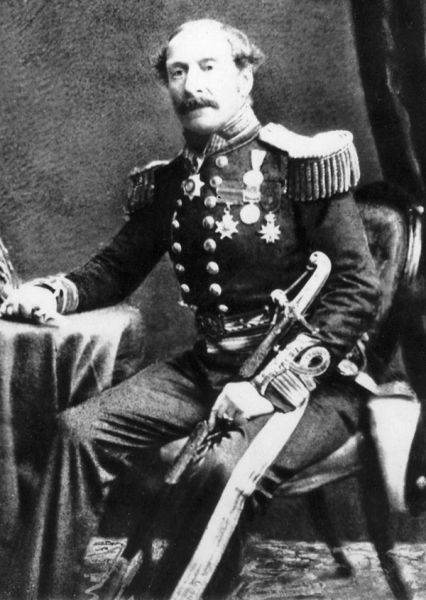
Photo Credit: Hawaiʻi State Archives
George Paulet, Royal Navy Officer.

Photo Credit: Hawaiʻi State Archives
Portrait of Admiral Thomas.
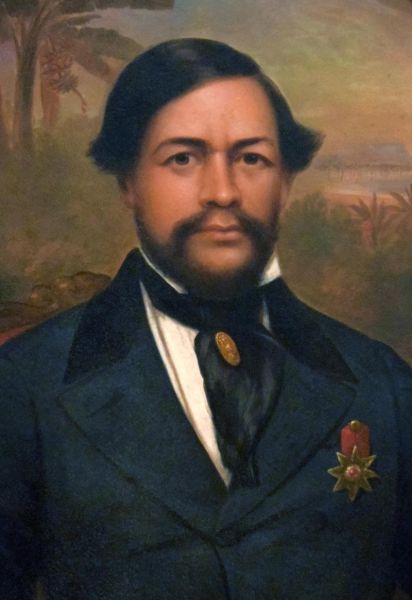
Photo Credit: Hawaiʻi State Archives
Kamehameha III, Kauikeaouli.
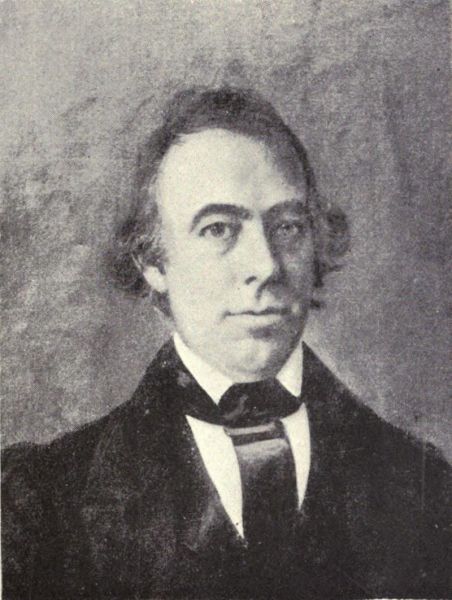
Photo Credit: Hawaiʻi State Archives
William Richards
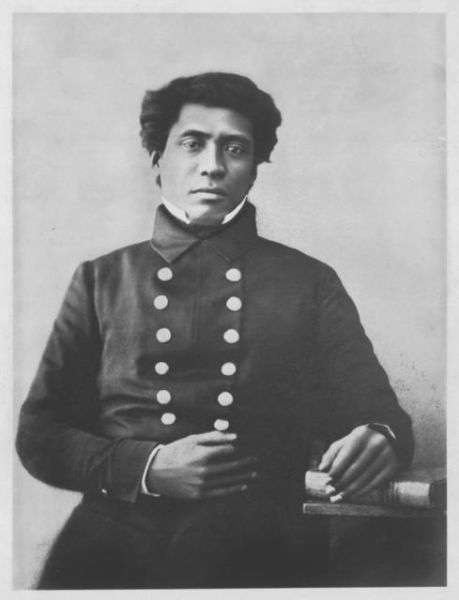
Photo Credit: Hawaiʻi State Archives
Timoteo Haʻalilio
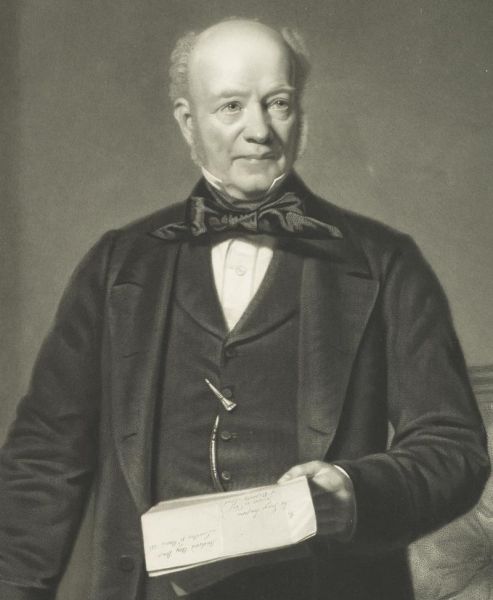
Photo Credit: Hawaiʻi State Archives
Sir George Simpson, 1792-1860. Sir George Simpson was a Scottish explorer and colonial governor of the Hudson's Bay Company during the period of its greatest power.